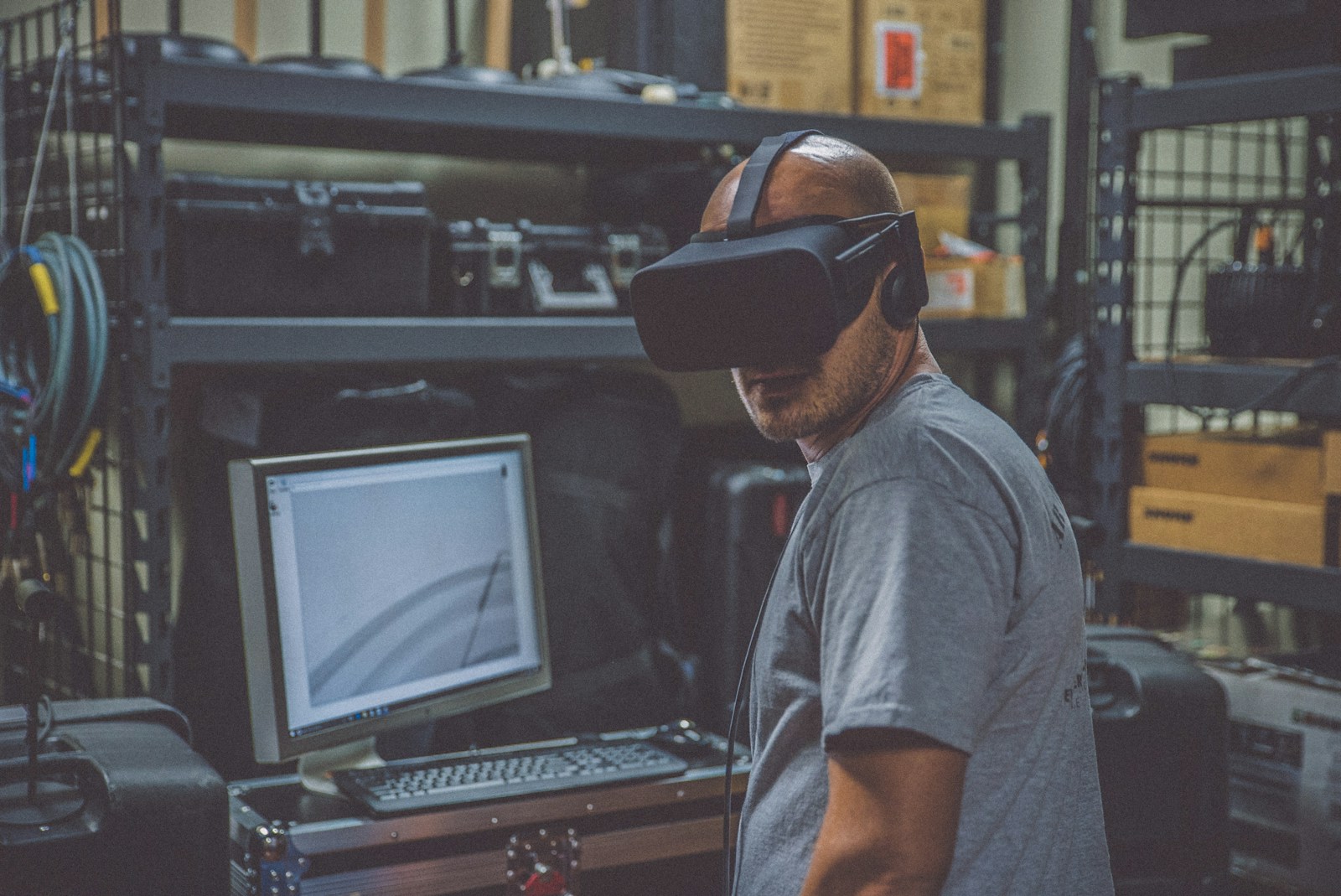In Boombit, we envision a future where technology and creativity are not just parallel paths but intertwined vines, growing together towards the sky of innovation and human progress. This vision resonates deeply with the insights from the Accenture Technology Vision 2024 report, which reveals a crucial consensus: 95% of executives believe that making technology more human-centric is not just beneficial but essential for expanding industry opportunities.
But what does it mean to humanize technology, and why is it so vital in our rapidly evolving digital landscape?
Imagine technology as a mirror, reflecting not just our needs but our very essence – our creativity, our emotions, our intuition. This is the heart of human-centric technology. It’s about designing systems and tools that don’t just perform tasks but understand and adapt to us, enhancing our capabilities and experiences. Consider AI, once a distant concept, now a close collaborator, enhancing our decision-making and amplifying our creative potential.
Why is this merging of tech and humanity so darn important?
Well, let’s take a closer look at work, health, and even the arts. In each one, tech tools made with people in mind can boost our output, creativity, and overall well-being in ways we never dreamed of. It’s not just about fancy gadgets, it’s about building experiences that click with us, that feel as natural as, well, putting on a comfy pair of shoes.
Reflect on this:
How often have you felt a disconnect between the cold precision of technology and the warm complexity of human emotion? This gap is what humanizing technology aims to bridge. By infusing technology with empathy and emotional intelligence, we can create systems that not just understand our words but our feelings, our unspoken needs. This approach goes beyond improving user experience – it redefines it.
As we continue to navigate this exciting yet challenging path, let’s ponder this: What does the future look like when technology not only serves us but understands us? How will our lives and work be transformed when our digital tools are not just smart but also sensitive to our human needs and aspirations? This is the future we need to build – a future where technology and humanity dance in harmony, creating a symphony of innovation, empathy, and shared progress.






